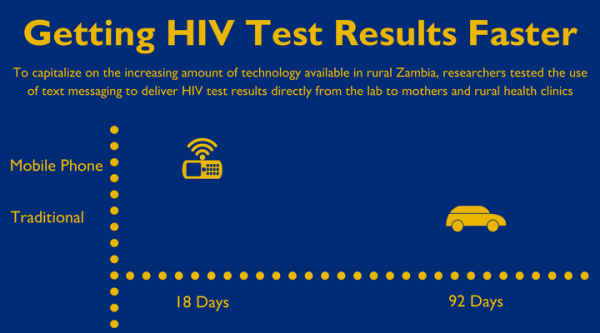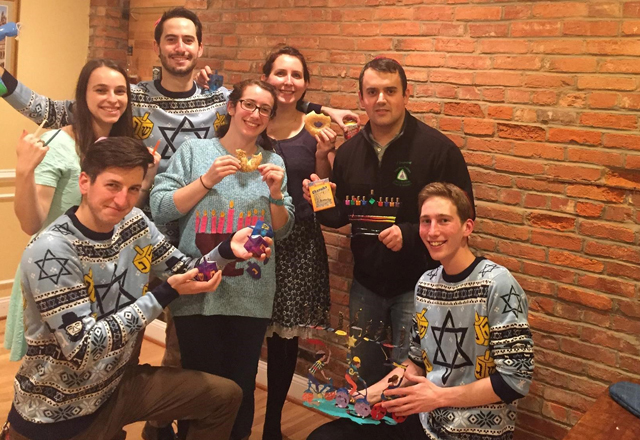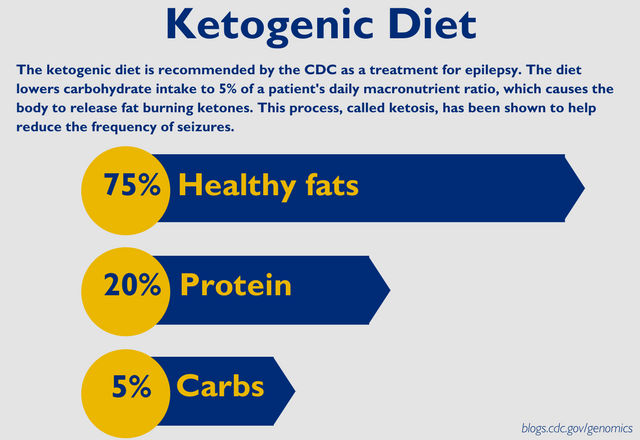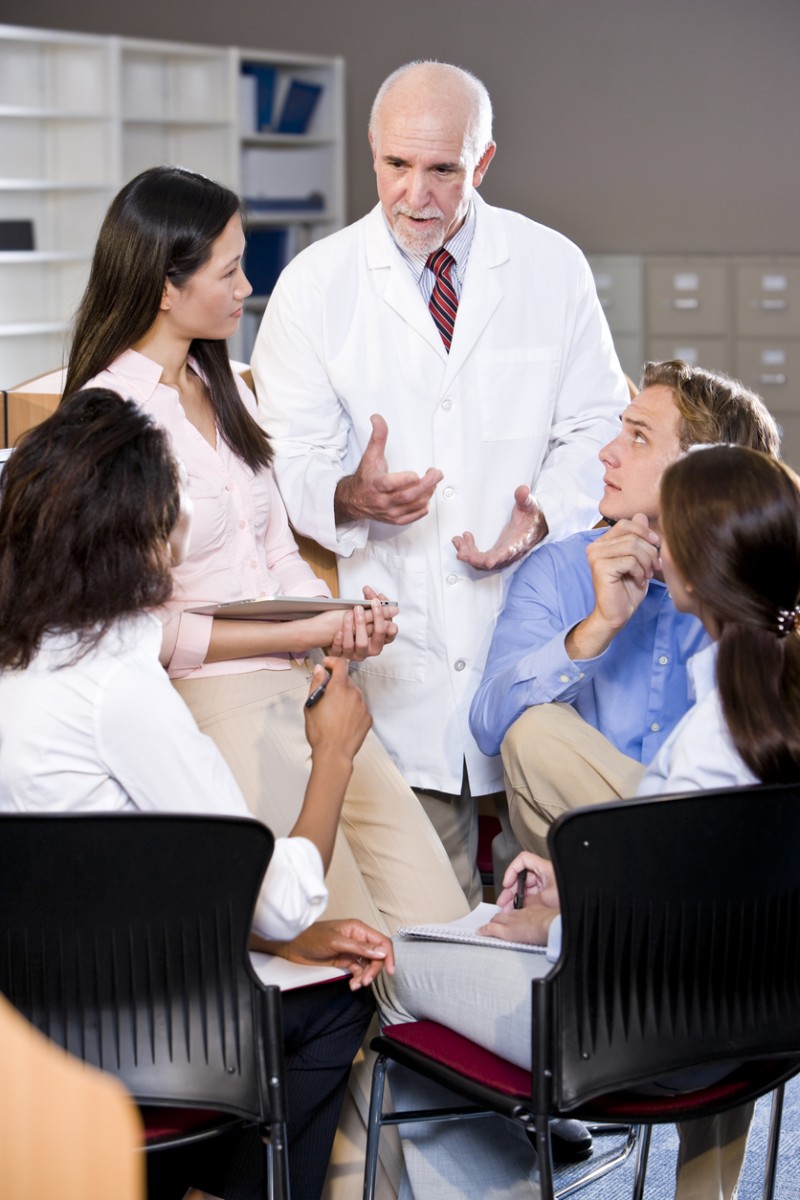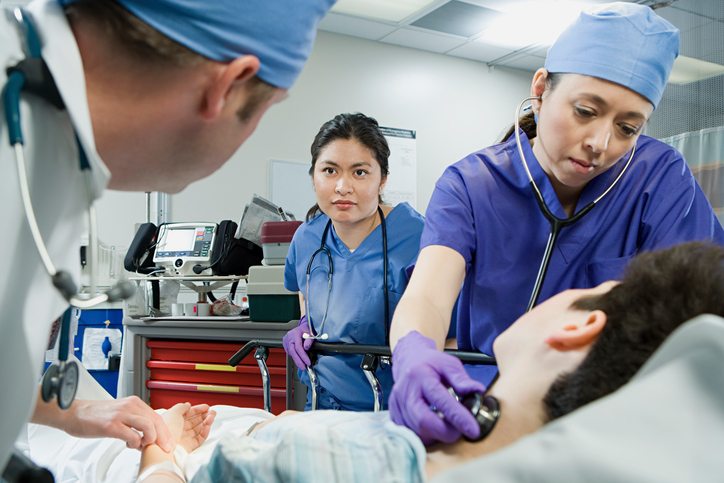5 Tips for Preparing for your Ph.D. Candidacy Exam
The oral exam. The candidacy exam. The comprehensive exam. There are many names for it, but all pre-doctoral graduate students come to fear it. At… Read More »5 Tips for Preparing for your Ph.D. Candidacy Exam

